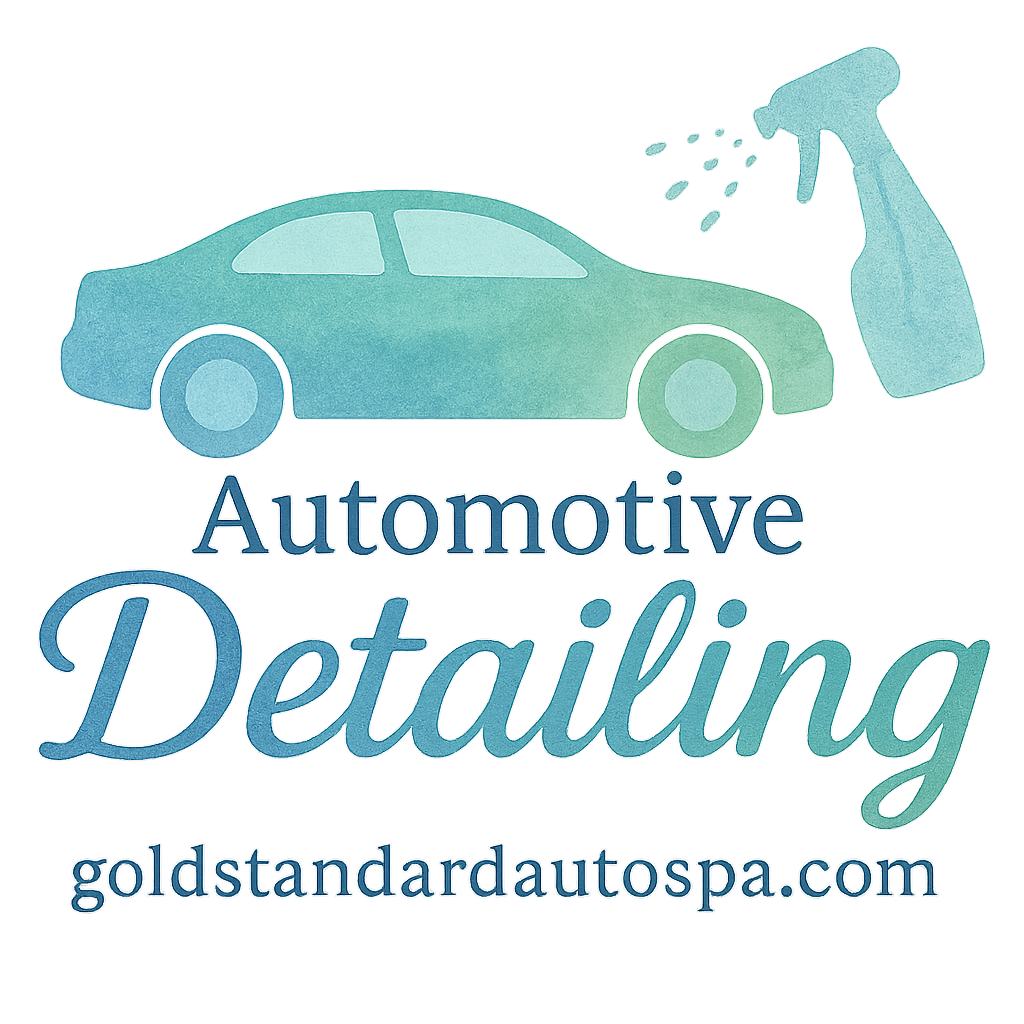Introduction: Why Engine Bay Detailing Needs Safety First
Let’s be real — the engine bay is one of the dirtiest and most ignored areas of a vehicle. Yet, it plays the most critical role. While a clean engine doesn’t just look good under the hood, it can also improve your car’s longevity. But before you grab a hose and start scrubbing, engine bay detailing comes with serious risks if not done right. So today, let’s dive into 10 essential safety tips that will help you detail your engine bay the smart way — without frying circuits or injuring yourself.
What Is Engine Bay Detailing?
Understanding the Engine Bay
The engine bay is where all the mechanical magic happens. It houses the engine, battery, belts, fluids, and other electrical components. All of that is packed tight, which means cleaning it requires finesse — and knowledge.
Why It’s Important to Keep It Clean
A clean engine bay isn’t just for show. It can help you:
- Spot leaks early
- Prevent buildup of grease and grime
- Extend the life of rubber hoses and plastic components
If you’re a DIYer or a detail enthusiast, understanding this process is key to doing it safely and effectively.
Risks Involved in Engine Bay Detailing
Electrical Hazards
Water and electricity don’t mix. Period. A poorly planned cleaning job can short out your battery or fry expensive sensors — making your next mechanic visit a costly one.
Chemical Exposure
Many degreasers and cleaners contain strong chemicals. If not handled correctly, they can irritate your skin, eyes, or lungs. Always check labels before you spray.
Fire Risk and Engine Damage
Spraying into the wrong spot could soak something it shouldn’t — like wiring or spark plugs. Combine that with heat or fuel vapors, and you could be looking at a fire hazard.
10 Safety Tips for Effective Engine Bay Detailing
1. Always Let the Engine Cool Down
Avoid Heat Burns and Component Damage
Never, ever detail a hot engine. Not only can you burn yourself, but drastic temperature changes can also crack plastic parts or warp rubber seals. Wait at least 45 minutes after the engine has been turned off.
2. Disconnect the Battery Properly
Prevent Electrical Shorts and Shocks
Unplug the negative battery terminal first, then the positive. This helps avoid any accidental sparks. If you want to be extra cautious, remove the battery entirely. Need more guidance? Check out this engine detailing safety guide.
3. Cover Sensitive Components
ECU, Alternator, and Fuses Need Protection
Plastic bags or waterproof covers are your friends. Wrap up:
- The alternator
- The ECU (Engine Control Unit)
- The fuse box
A little prep here saves you from a short-circuit nightmare later.

4. Choose the Right Detailing Products
Avoid Harsh Chemicals – Go for Safe Choices
Don’t use all-purpose cleaners meant for kitchen counters! Go for products designed specifically for automotive use. You’ll find great suggestions in the detailing products section of Gold Standard Auto Spa.
Also, check out their detailing kits if you want everything bundled up for convenience.
5. Use Minimal Water with Controlled Pressure
The Right Way to Rinse Without Flooding
Forget pressure washers. A gentle mist with a spray bottle or a low-flow hose is all you need. Too much water = big trouble, especially near electricals. This is where auto maintenance smarts really pay off.
6. Work in a Well-Ventilated Area
Protect Yourself from Fumes and Vapors
Avoid breathing in chemical vapors or solvent fumes. Open garages or shaded driveways are your best options. If indoors, make sure exhaust fans are running.
7. Wear Proper Safety Gear
Gloves, Goggles, and Protective Clothing
This isn’t just about staying clean — it’s about staying safe. Gloves protect your hands from degreasers, goggles shield your eyes from sprays, and a long-sleeved shirt prevents skin exposure.
8. Avoid Direct Spraying on Electricals
Use Detailing Brushes Instead
Instead of spraying, use a detailing brush dipped in a cleaner. Gently agitate the grime off electrical parts. Check out more detailing tips to make this process even easier and safer.
9. Use Microfiber Towels to Dry Thoroughly
Prevent Moisture-Related Engine Issues
Moisture trapped under components is a silent killer. Use microfiber towels to pat everything dry. This also helps bring out that car shine we all love to see under the hood.
10. Test and Reconnect the Battery Carefully
Ensure Everything Works Before Driving
Reconnect the positive terminal first, then the negative. Start your car and let it idle. Listen for strange sounds, warning lights, or misfires. Everything good? You’re ready to roll.
Want expert help? Gold Standard Auto Spa offers professional engine detailing services to save you time and hassle.
How Professional Engine Detailing Helps
Sometimes DIY just isn’t worth the stress. Professional engine detailing services, like those offered at Gold Standard Auto Spa, come with experience, proper tools, and safety measures already in place. Whether it’s interior detailing or exterior detailing, their team ensures your ride stays top-notch.
Plus, they offer essential services under business packages for commercial vehicle fleets and professional use.
Final Thoughts: Keep It Safe, Keep It Clean
Your engine deserves just as much attention as the paint job. But detailing under the hood is a whole different beast. Follow these 10 safety tips, and you won’t just have a cleaner engine — you’ll also have peace of mind. So grab your gloves, your brushes, and your favorite detailing spray, and get started the smart way!
FAQs
1. Can I pressure wash my engine bay?
It’s not recommended. Even low PSI settings can force water into places it doesn’t belong. Use a controlled mist instead.
2. What’s the safest cleaner for engine bay detailing?
Look for water-based degreasers labeled as “safe for automotive use.” Avoid anything too acidic or alkaline.
3. How often should I detail my engine bay?
Twice a year is enough for most vehicles unless you drive in dirty or harsh environments regularly.
4. Is engine detailing really necessary?
Yes — it helps spot issues early, protects components, and improves resale value.
5. Can I start the car right after cleaning?
Only if everything is thoroughly dried and reconnected. Start slow and observe carefully.
6. Do professional detailers use different products?
Absolutely. Check out the detailing products used by professionals at Gold Standard Auto Spa.
7. Are engine bay fumes dangerous?
Yes, especially in enclosed spaces. Always ventilate properly or wear a mask if necessary.


